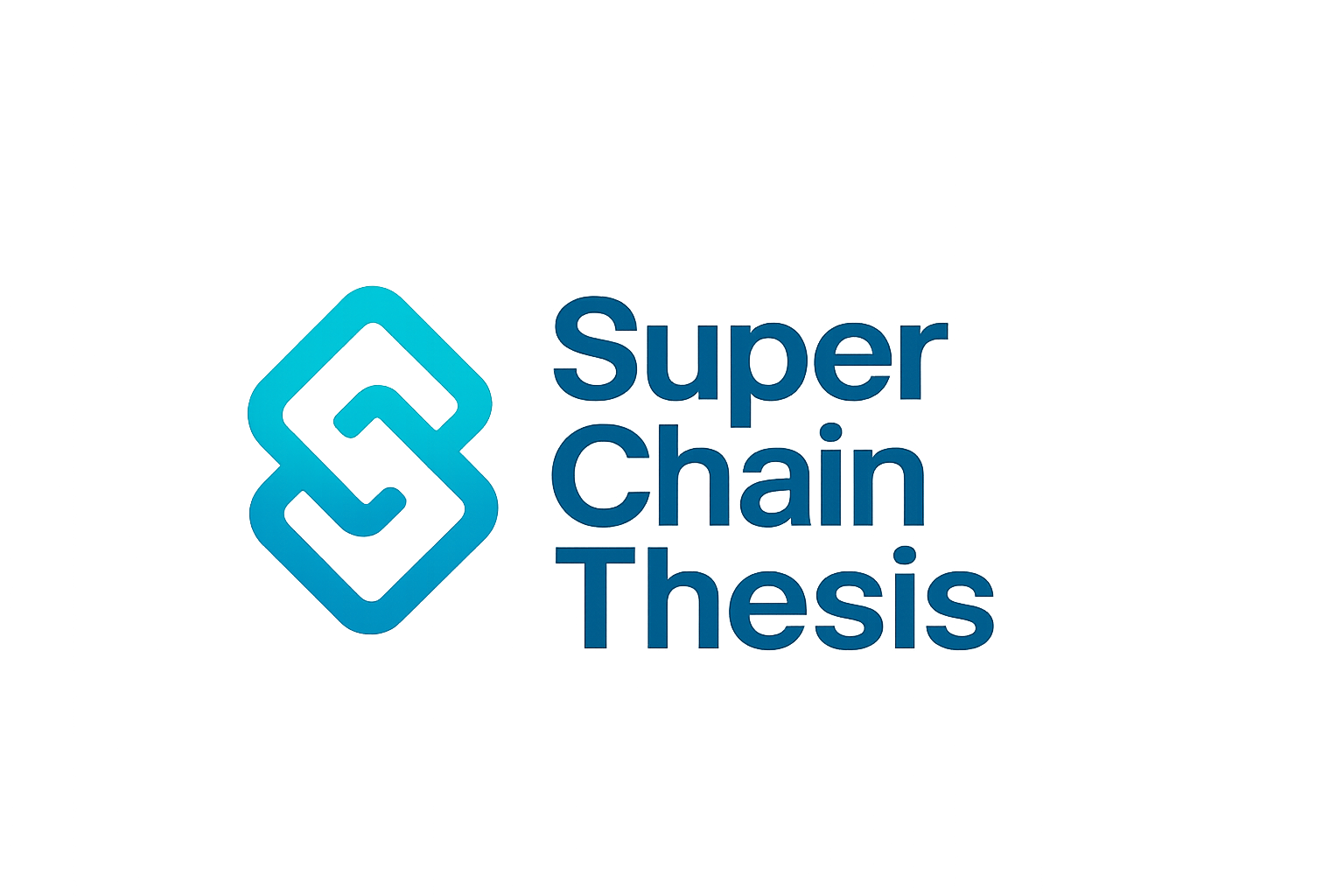
Rollup-as-a-Service (RaaS) has gone from buzzword to backbone in the OP Stack ecosystem. In 2025, the race to deploy custom blockchains is no longer about who can code the best rollup from scratch, but who can launch, scale, and iterate fastest. RaaS platforms are the rocket fuel behind this momentum shift, abstracting away months of infrastructure grind and letting teams focus on what really matters: their application and users.

Why RaaS Is Supercharging OP Stack Deployment
The days of assembling your own rollup node fleet, bridge contracts, and monitoring stack are fading fast. RaaS providers like Conduit, Caldera, and Zeeve have transformed OP Stack deployment into a plug-and-play experience. Developers can spin up an application-specific chain in minutes using intuitive dashboards and no-code tools. This is not just about speed – it’s about lowering the barrier so even small teams or solo builders can compete at scale.
What’s driving this? The modularity of Optimism’s Bedrock upgrade has made it possible for RaaS platforms to offer deep customization without sacrificing security or performance. Teams can now tweak gas tokens, block times, whitelists, and even consensus rules with a few clicks. For projects with unique economic models or compliance needs, this flexibility is a game changer.
The Key Advantages: Speed, Customization and Cost Efficiency
Speed: With RaaS platforms handling all the heavy lifting under the hood – from validator setup to bridge integration and analytics – deployment timelines shrink from months to hours. Teams go live faster and iterate quicker based on real user feedback.
Customization: Not every app chain wants to be a clone of Ethereum or Optimism mainnet. RaaS lets developers configure everything from fee markets to sequencer permissions. The result? Chains that are truly tailored for DeFi protocols, gaming economies, or enterprise use cases.
Cost Efficiency: Traditional rollup development demands significant engineering resources just to reach mainnet parity. By outsourcing infrastructure management to RaaS providers, projects save on both upfront costs and ongoing maintenance headaches – freeing up budget for user acquisition and product development instead.
Top Features of Leading RaaS Providers in 2025
-
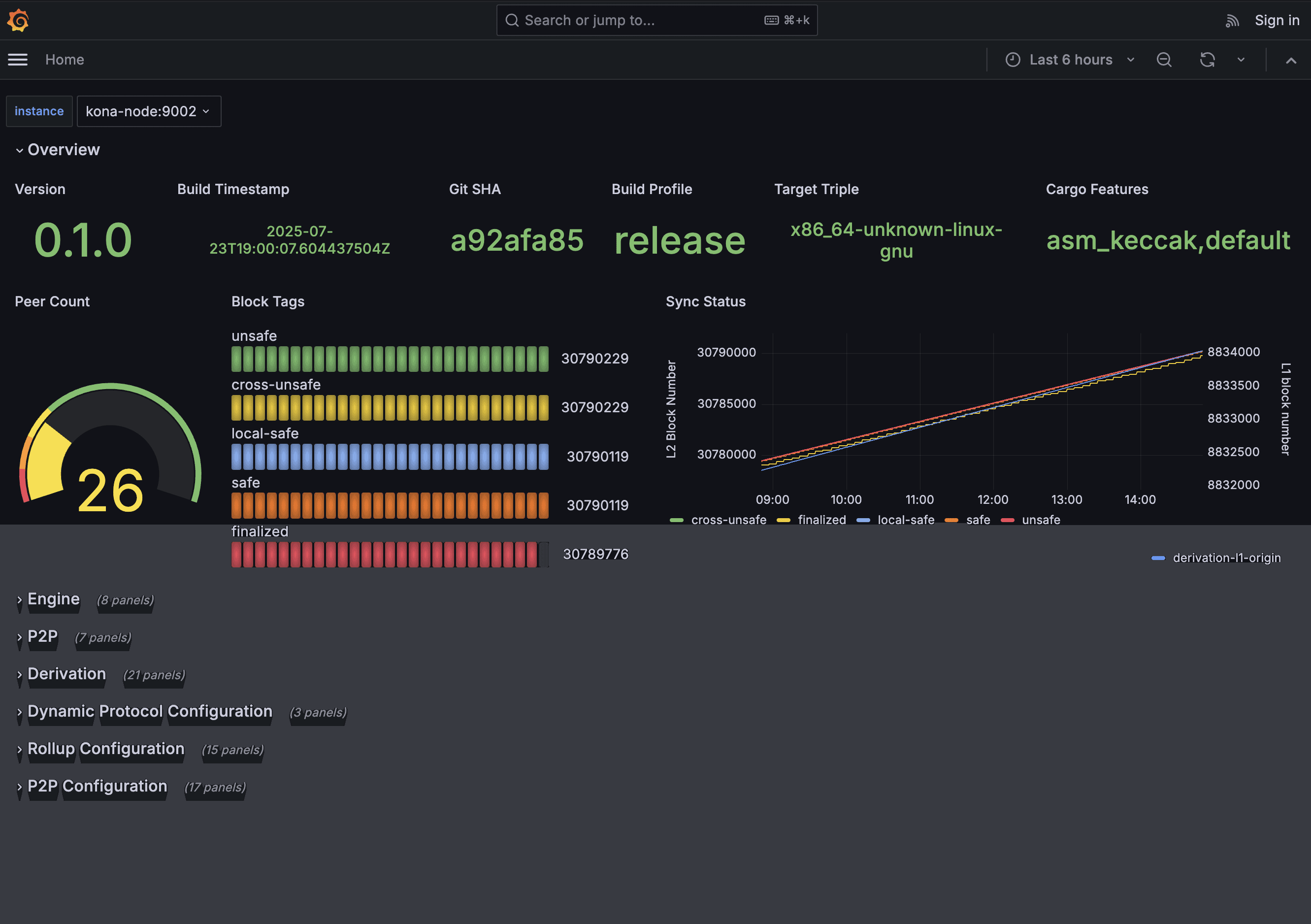
Simplified, No-Code Deployment: Platforms like Conduit and Caldera offer intuitive, no-code interfaces that let teams launch OP Stack rollups in minutes, drastically reducing time-to-market.
-
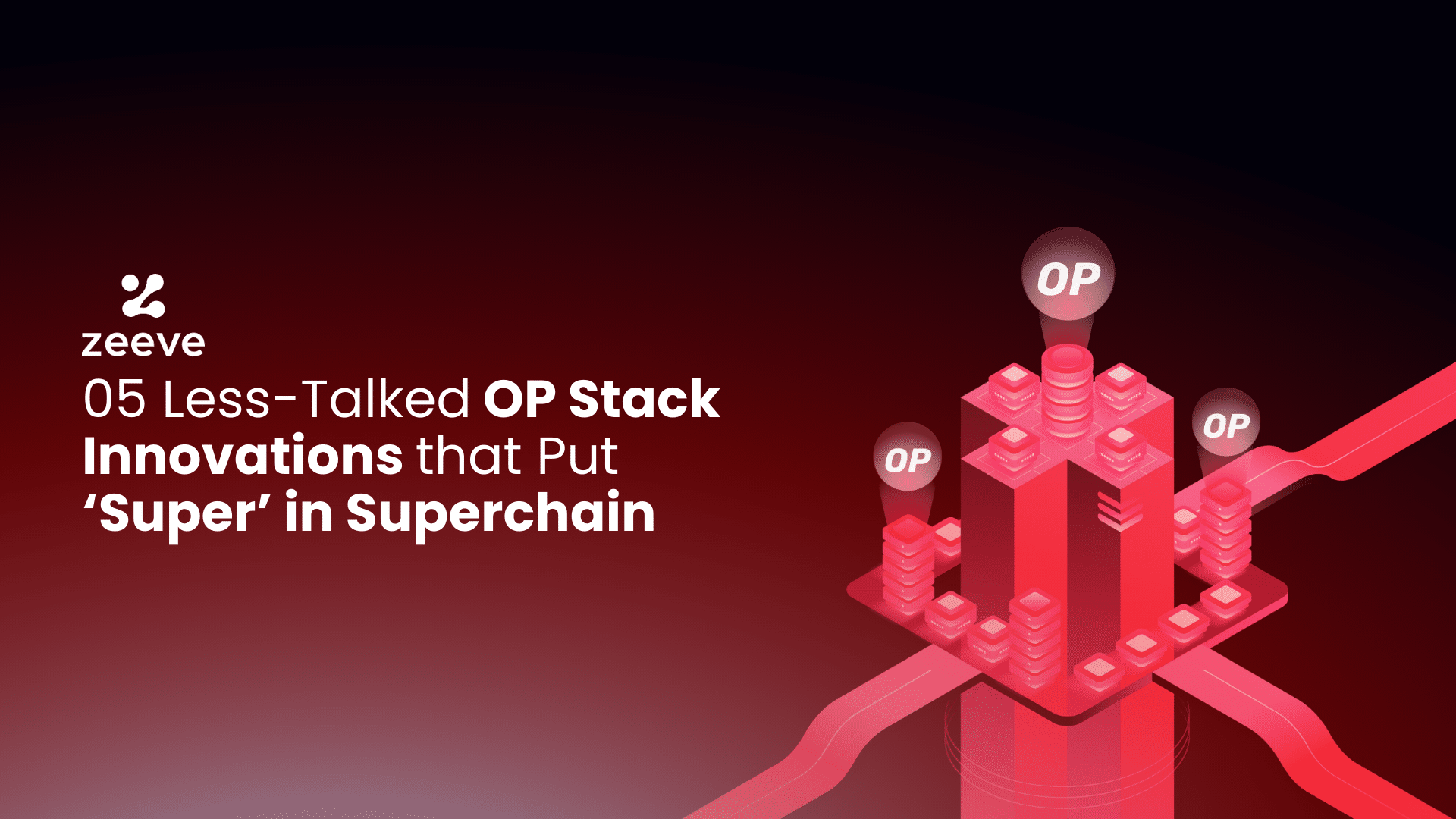
Advanced Customization Options: Leading RaaS providers, such as Zeeve, allow developers to fine-tune gas tokens, block times, and consensus rules, enabling tailored blockchain environments for diverse use cases.
-
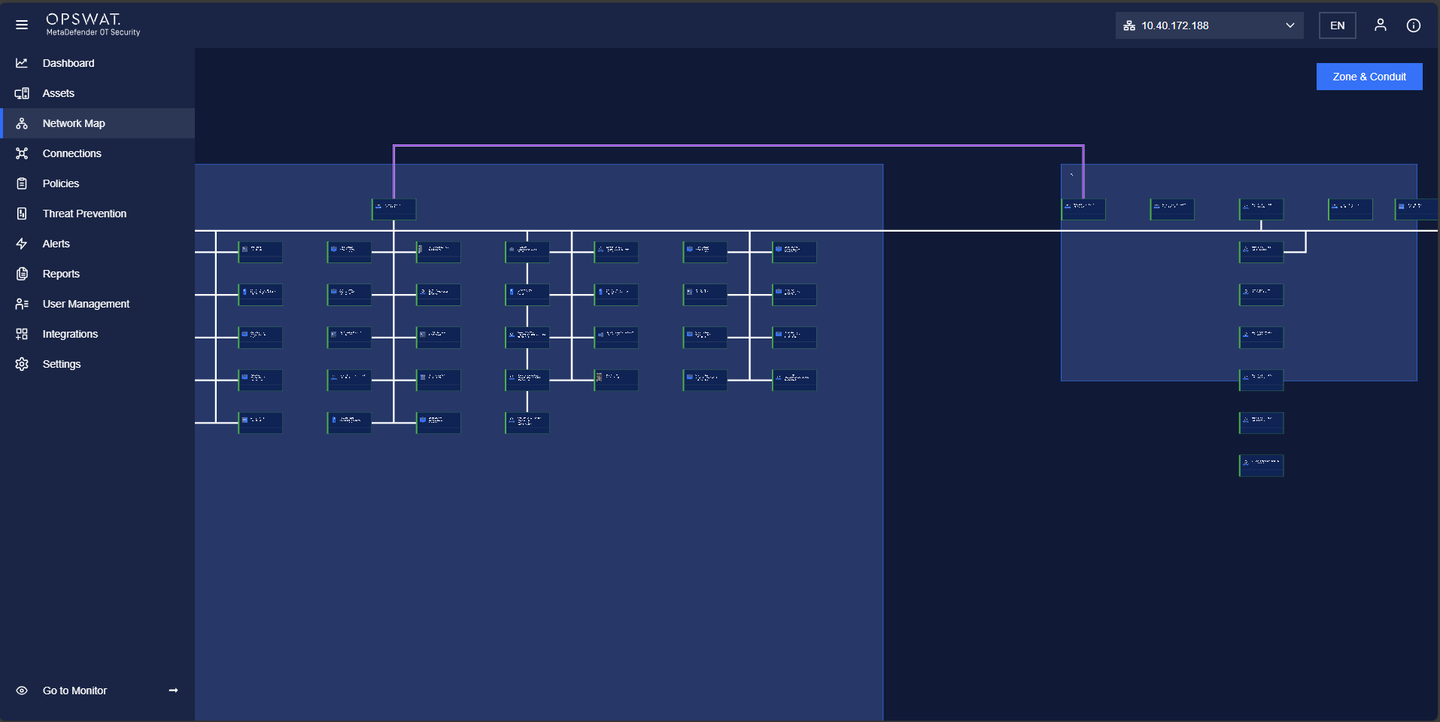
Fully Managed Infrastructure: With providers like Conduit, users benefit from managed node operations, built-in analytics, and automated monitoring, minimizing operational overhead and technical complexity.
-
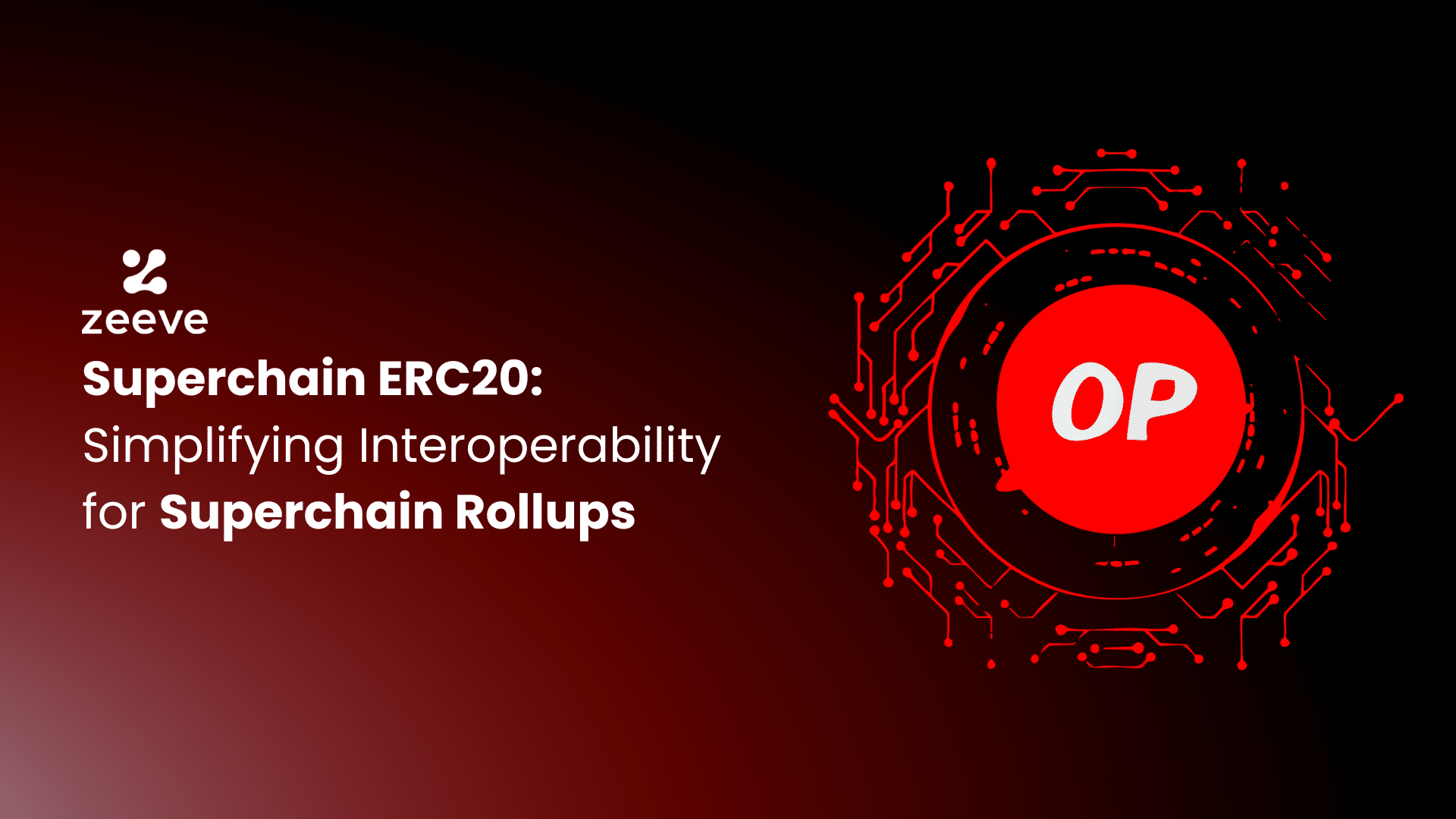
Interoperability Across the Superchain: RaaS platforms support seamless interoperability between OP Stack chains, empowering projects to leverage the broader Superchain ecosystem for cross-chain communication and asset transfers.
-
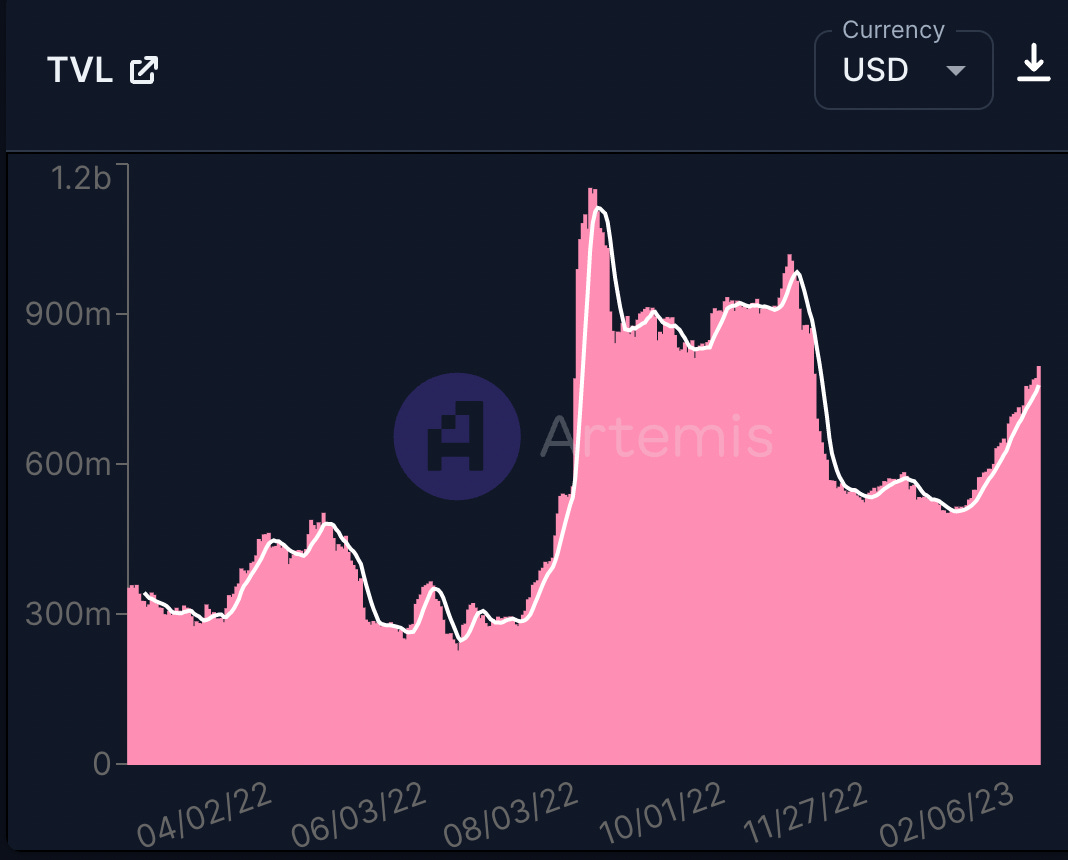
Cost-Efficient Scaling: Utilizing Optimism Bedrock via RaaS solutions, developers access 10-100x cheaper transactions compared to Ethereum mainnet, making high-performance dApps accessible to smaller teams.
-
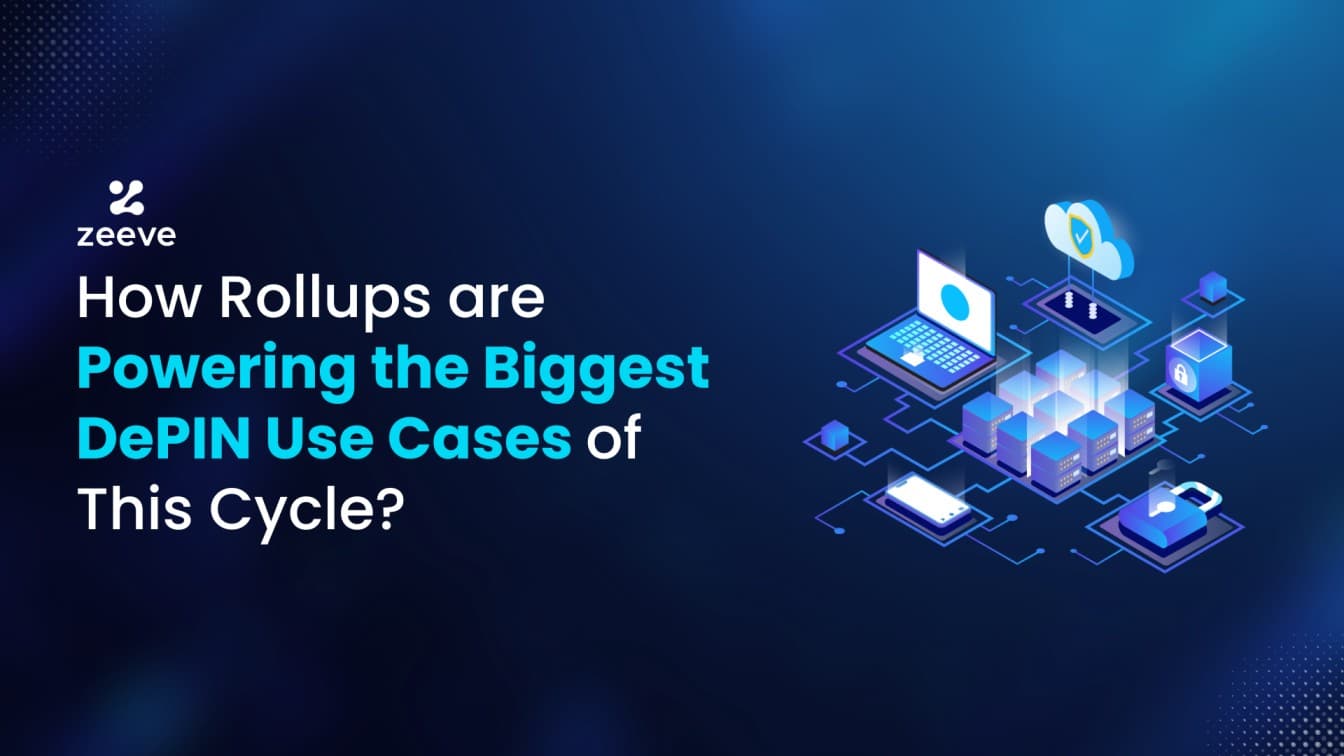
Compliance and Security Features: Providers like Zeeve offer built-in compliance tools and robust security frameworks, supporting both public and private rollup deployments with enterprise-grade safeguards.
Ecosystem Impact: Interoperability and Superchain Growth
The magic of the OP Stack isn’t just its modularity – it’s how every new chain launched via RaaS becomes part of a larger superchain vision. These chains aren’t isolated silos; they’re interoperable by design thanks to shared standards and bridges supported by most RaaS platforms. This means assets and messages move seamlessly across app chains, unlocking new composability for dApps.
The result? A rapidly expanding web of interconnected blockchains that share security guarantees while enabling bespoke innovation at every layer. This is superchain interoperability in action – not just theory.
Notable Providers Leading the Charge
If you’re eyeing your own custom rollup blockchain in 2025, here are some names you need on your radar:
- Conduit: Fully-managed OP Chains with built-in analytics for rapid deployment.
- Caldera: Multi-stack support including deep customization for OP Stack-based chains.
- Zeeve: High-configurability options plus compliance features for public/private Layer 2/3s.
This new generation of blockchain scalability tools is making it easier than ever for projects to join the multi-rollup ecosystem without compromise. For more on how these platforms enable instant appchain deployment for developers, check out this guide.
As the OP ecosystem matures, the practical benefits of Rollup-as-a-Service (RaaS) are coming into sharper focus. It’s not just about launching a chain, it’s about staying competitive in a landscape where speed and flexibility are non-negotiable. RaaS is now the standard playbook for ambitious teams looking to ride the next wave of Web3 innovation.
Real-World Impact: From Startups to Enterprise
The proof is in the projects. Across DeFi, gaming, and enterprise verticals, we’re seeing teams move from concept to mainnet in record time. Startups that once faced daunting technical hurdles can now deploy fully operational OP Stack chains with minimal overhead. Enterprises, meanwhile, benefit from RaaS providers’ compliance tooling and robust monitoring, critical for regulated industries or high-throughput use cases.
Consider the surge of app-specific chains going live since Optimism’s Bedrock upgrade. Many of these wouldn’t exist without RaaS platforms flattening the learning curve. This democratization is creating a more vibrant, experimental OP Stack universe, one where anyone with an idea can launch, iterate, and scale at superchain velocity.
Which RaaS provider do you trust most for deploying OP Stack rollups?
With Rollup-as-a-Service (RaaS) platforms making OP Stack deployments faster and more customizable, developers now have several strong options. Which provider do you trust most for launching and managing custom OP Stack rollups?
The Developer Experience: No-Code to Pro-Code
One of the most striking trends is how RaaS bridges both ends of the developer spectrum. No-code dashboards empower product leads and non-engineers to configure testnets or mainnets visually. For power users, deep CLI access and advanced APIs remain available under the hood. This dual approach means teams can prototype quickly, then fine-tune every parameter as their needs evolve.
One-click deployment isn’t just marketing speak anymore. It’s a lived reality for teams using modern RaaS stacks, and it’s fundamentally changing what “go-to-market” means in blockchain.
Momentum is opportunity: The faster you can ship your own chain and capture user feedback, the faster you can outpace competitors still wrestling with infrastructure headaches.
What Comes Next: The Multi-Rollup Vision
The momentum behind RaaS-accelerated OP Stack adoption is feeding directly into the broader multi-rollup vision. As more projects join the Superchain via out-of-the-box rollups, network effects intensify, liquidity pools deepen, bridges become more robust, and cross-chain composability turns from promise to practice.
This isn’t just theoretical synergy. We’re already seeing dApps leverage multiple interconnected rollups for things like cross-chain swaps or omnichain governance modules. Each new custom rollup strengthens the overall mesh, making it harder for legacy monolithic chains to keep up.
Key Takeaways for Builders Eyeing Custom Rollups
- Speed wins: If you’re not deploying in days or weeks, you’re falling behind competitors who are leveraging RaaS.
- Customization matters: Tailor your chain’s economics and governance from day one rather than accepting one-size-fits-all defaults.
- Ecosystem integration: Prioritize providers that support seamless Superchain interoperability so your users get instant access to liquidity and dApp networks.
- No team too small: Even solo founders or micro-teams now have access to world-class blockchain infrastructure thanks to intuitive dashboards and managed services.
If you want a deeper dive on how instant appchain deployment is reshaping Web3 startups’ go-to-market strategies, check out this resource.
